Copper oxide 86.2% DF
Copper oxide NOMENCLATURE
Common name cuprous oxide (E-ISO, accepted in lieu of common name); oxyde cuivreux (F-ISO, accepted in lieu of common name) IUPAC name copper(I) oxide; dicopper oxide
Chemical Abstracts name copper oxide (Cu2O) Other names brown copper oxide; red copper oxide; C.I. 77402 CAS RN [1317-39-1]
Copper oxide APPLICATIONS
Copper oxide Biochemistry Copper-II ion (Cu++) is taken up by the spores during germination and accumulates until a sufficiently high concentration is achieved to kill the spore cell; the activity is limited to the prevention of spore germination.
Copper oxide Mode of action Foliar fungicide with preventive action. Deposits must be on the crop before fungal spores begin to germinate.
Copper oxide Uses Control of blights, downy mildews, rusts, and leaf spot diseases in a wide range of crops, including potatoes, tomatoes, vines, hops, olives, pome fruit, stone fruit, citrus fruit, beetroot, sugar beet, celery, carrots, coffee, cocoa, tea, bananas, etc. Applied at 0.75-1 kg/ha. Phytotoxicity Non-phytotoxic when used as directed, except to brassicas and copper-sensitive plants. Russetting is possible with some varieties of fruit.
Copper oxide Compatibility Not compatible with highly alkaline pesticides, or with fenvalerate, parathion, chlorpyrifos or dicloran.
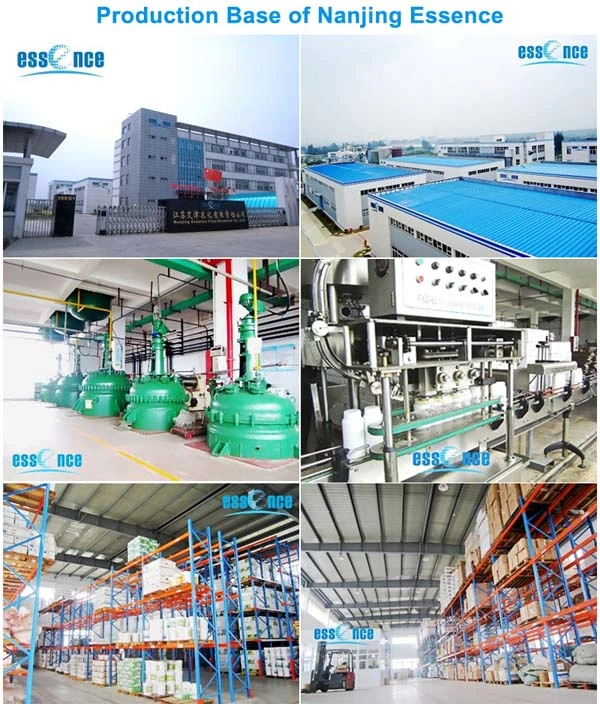

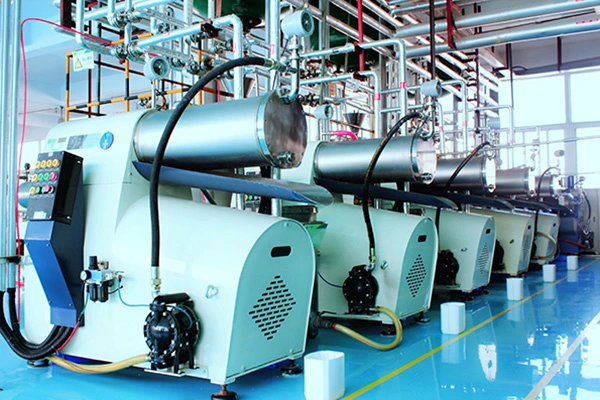
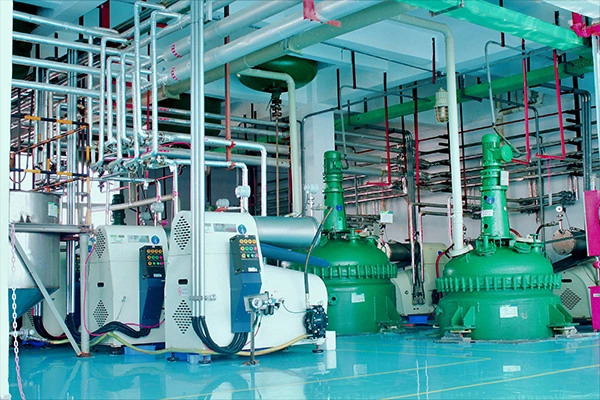
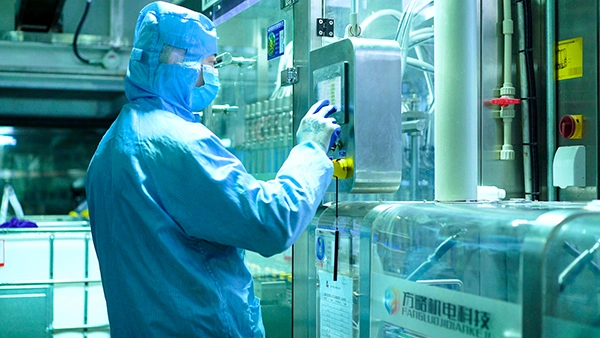

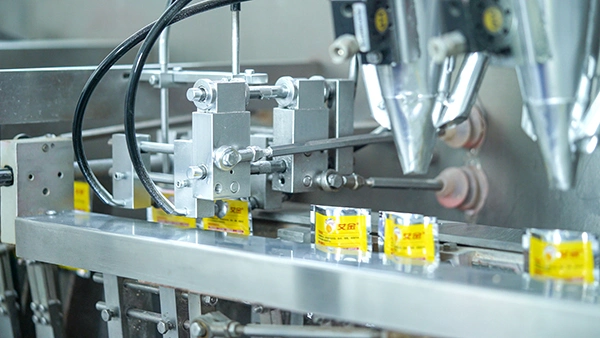
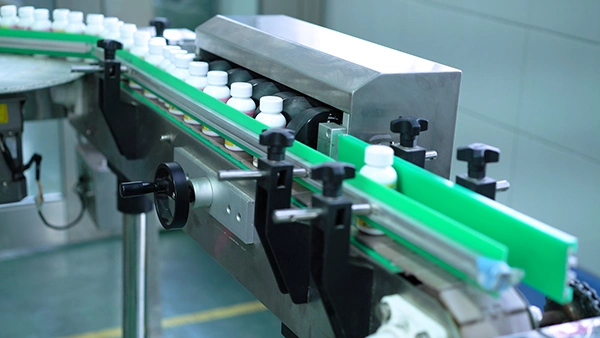
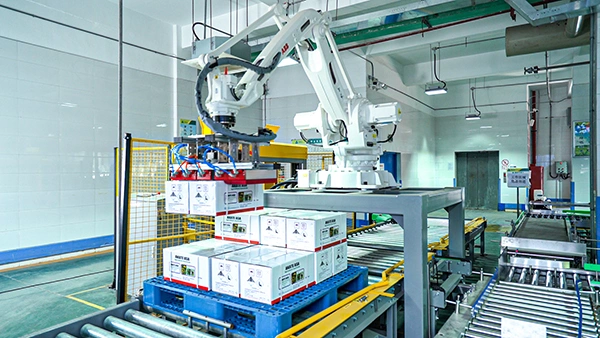
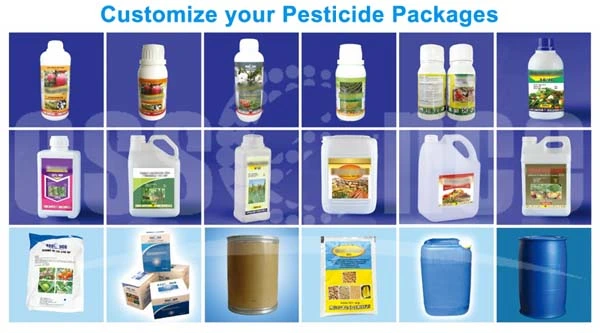
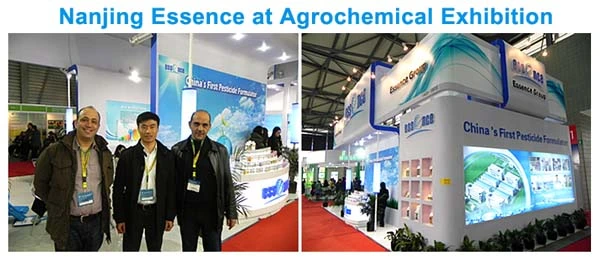
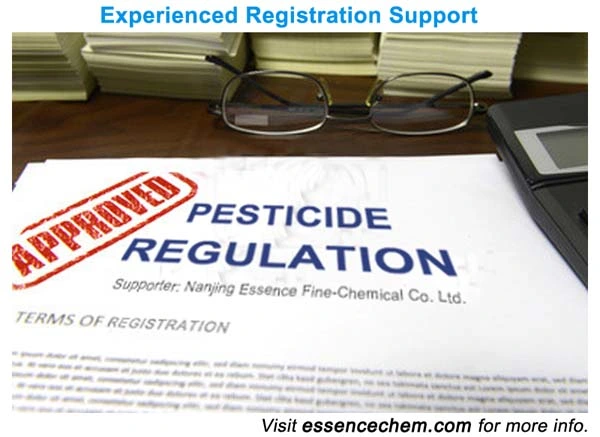
Copper oxide NOMENCLATURE
Common name cuprous oxide (E-ISO, accepted in lieu of common name); oxyde cuivreux (F-ISO, accepted in lieu of common name) IUPAC name copper(I) oxide; dicopper oxide
Chemical Abstracts name copper oxide (Cu2O) Other names brown copper oxide; red copper oxide; C.I. 77402 CAS RN [1317-39-1]
Copper oxide APPLICATIONS
Copper oxide Biochemistry Copper-II ion (Cu++) is taken up by the spores during germination and accumulates until a sufficiently high concentration is achieved to kill the spore cell; the activity is limited to the prevention of spore germination.
Copper oxide Mode of action Foliar fungicide with preventive action. Deposits must be on the crop before fungal spores begin to germinate.
Copper oxide Uses Control of blights, downy mildews, rusts, and leaf spot diseases in a wide range of crops, including potatoes, tomatoes, vines, hops, olives, pome fruit, stone fruit, citrus fruit, beetroot, sugar beet, celery, carrots, coffee, cocoa, tea, bananas, etc. Applied at 0.75-1 kg/ha. Phytotoxicity Non-phytotoxic when used as directed, except to brassicas and copper-sensitive plants. Russetting is possible with some varieties of fruit.
Copper oxide Compatibility Not compatible with highly alkaline pesticides, or with fenvalerate, parathion, chlorpyrifos or dicloran.











